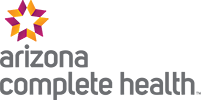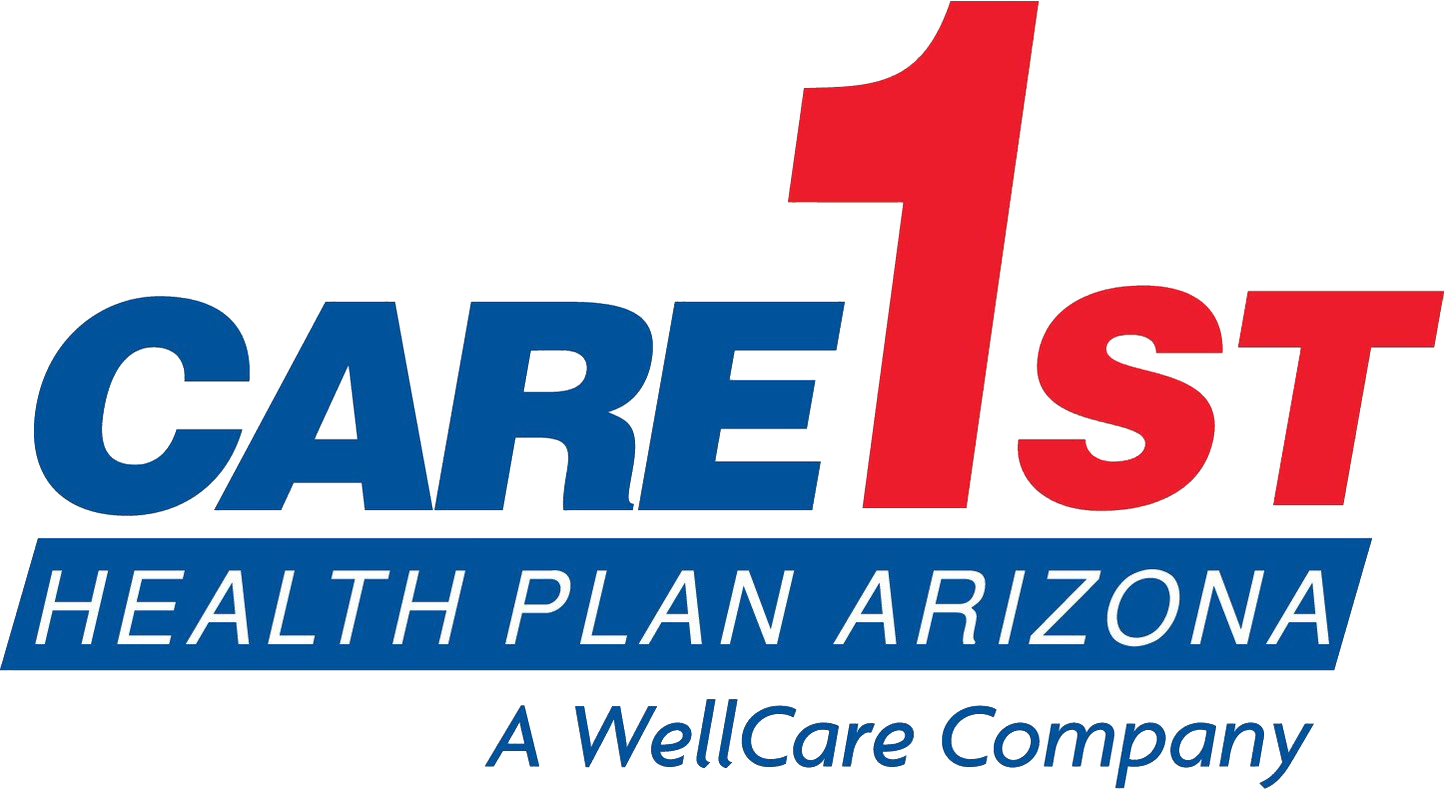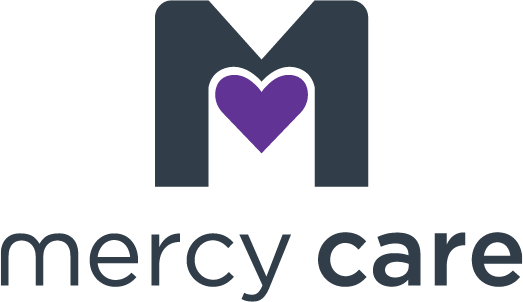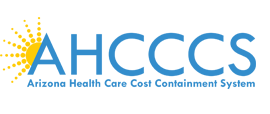
About 2.3 million children and adults abused prescription drugs for the first time last year, according to a new government survey on drug use in America.
That’s about 6,400 new prescription drug abusers a day—taking everything from pain relievers and tranquilizers to stimulants and sedatives.
But a Monday report on prescription drug abuse from the Substance Abuse and Mental Health Services Administration shows a 14% drop in the number of young people aged 18 to 25 who are abusing prescription drugs - from 2 million in 2010 to 1.7 million last year.
“The fact that it dropped specifically among 18 to 25-year-olds was a very welcome piece of information, since this is a group of people who enter into the workforce and begin college and begin families. To see that their use was declining was good news for the nation,” said Dr. Peter Delany, director of the Center for Substance Abuse Treatment at the Substance Abuse and Mental Health Services Administration.
Prescription drug abuse starts on average at age 22. Among young people, only the use of marijuana is more common.
Public education initiatives and an increase in prescription drug monitoring programs may have contributed to the drop, Delany said. The decline was sharp enough to drive an overall 12% decline in the number of people abusing medicines.
Medicine abuse among teens aged 12 to 17 and in older adults was unchanged.
Only 6% of parents say they have a child who abused medicine, but 10% of teens admit such abuse, according to The Partnership at Drugfree.org.
Here’s five tips from the Partnership at Drugfree.org on how to safeguard pills:
1. Talk to your teen and warn them that taking prescription medications without a doctor's supervision can be just as dangerous and as potentially lethal as taking illicit drugs. For example, pain killers are made from opioids, the same substance as in heroin.
2. Keep medications hidden in your home – and out of easily accessible places like the medicine cabinet. Also, remind parents and family members whose homes your teen visits to keep prescription medications out of reach, rather than in the medicine cabinet, according to the partnership.
3. Ask your healthcare provider if any medications prescribed for your family have a potential for abuse.
4. Take an inventory of prescription and over-the-counter medications in your home. Pay attention to quantities.
5. If your child needs medications during school hours, speak with school officials about policies for distributing medication to students. If possible, personally take the medications to the school nurse. Make sure unused medications are returned to you.














